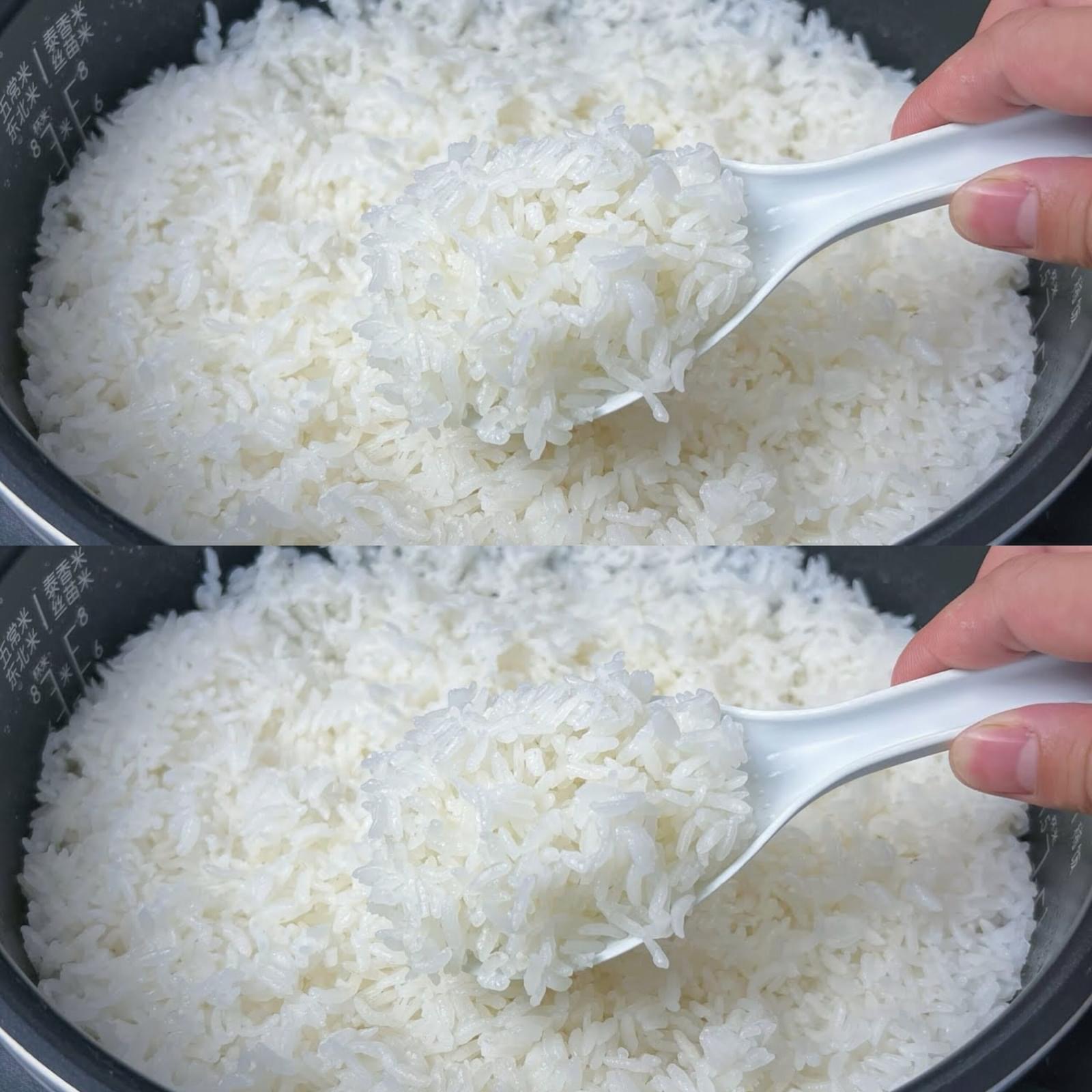The Secret to Restaurant-Quality Rice at Home
Making excellent rice that is light, flavorful, and aromatic requires more than just the basics of water and rice. Here’s how top chefs and hotels elevate this staple dish, turning simple rice into a star on the plate.
Common Mistake: Just Using Water
Cooking rice with plain water is straightforward but often leads to bland, uninspired results. To create rice that bursts with flavor, restaurants employ various techniques and ingredients that go beyond the basics.
Tips for Making Delicious Rice
Here are the top tips that professionals use to make their rice not only taste amazing but also look and feel perfect:
1. Use Broth Instead of Water
One of the easiest ways to infuse rice with rich flavor is by cooking it in broth rather than water. Broths like vegetable, chicken, or beef add layers of savory taste that plain water simply can’t provide.
How to Do It:
- Replace the water in your recipe with an equal amount of broth.
- Opt for low-sodium broth to control the saltiness of your dish.
- For the best flavor, consider making homemade broth, which allows you to control the ingredients and depth of flavor.
Advantages:
- Enhanced Flavor: Broth adds a savory, umami taste that makes the rice stand out as a side dish or a base for more complex recipes.
- Aromatic: The spices and herbs in the broth contribute a subtle aroma, making the rice more appealing.
- Versatility: You can match the type of broth to the main dish—chicken broth for poultry dishes, beef broth for red meat dishes, or vegetable broth for vegetarian meals.
2. Add Aromatics
To further enhance the flavor of your rice, consider adding aromatics like onions, garlic, or shallots. Sautéing these ingredients in a bit of oil or butter before adding the rice can create a deeply flavorful base.
How to Do It:
- Finely chop onions, garlic, or shallots and sauté them in your cooking pot until soft and fragrant.
- Add the rice and toast it briefly in the aromatic oil before adding your liquid (broth or water).
- Continue cooking as usual.
Advantages:
- Depth of Flavor: Sautéed aromatics create a rich and complex flavor profile.
- Caramelization: The light caramelization of onions and garlic adds sweetness and a subtle depth that elevates the overall taste.
3. Consider Toasting the Rice
Toasting rice before boiling gives it a nutty flavor and improves the texture, resulting in fluffy, non-sticky grains.
How to Do It:
- Add dry rice to a hot pan with a small amount of oil or butter.
- Stir constantly until the rice turns slightly golden.
- Add your liquid and proceed with the cooking process.
Advantages:
- Nutty Flavor: Toasting enhances the natural flavors of the rice.
- Better Texture: Toasted rice tends to be fluffier and less sticky, making it perfect for pilafs and side dishes.
4. Finish with Fresh Herbs or Citrus Zest
Adding fresh herbs like parsley, cilantro, or basil, or a sprinkle of citrus zest after cooking can brighten up the flavor of your rice.
How to Do It:
- Once the rice is cooked, fluff it with a fork and mix in finely chopped fresh herbs or a little lemon or lime zest.
- Serve immediately to enjoy the fresh flavors.
Advantages:
- Freshness: Fresh herbs and citrus add a burst of flavor that complements rich or heavy main dishes.
- Color and Presentation: The addition of herbs or zest also enhances the visual appeal of your dish.
Conclusion
By implementing these simple yet effective tips, you can transform ordinary rice into a delicious, restaurant-quality side dish at home. Whether you’re cooking for yourself or hosting a dinner party, these techniques will ensure your rice is always a hit.

